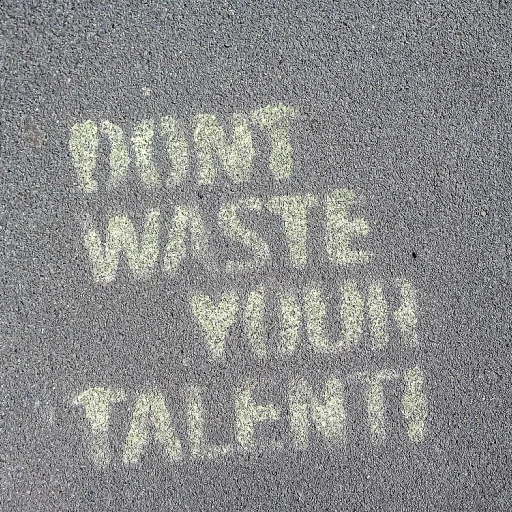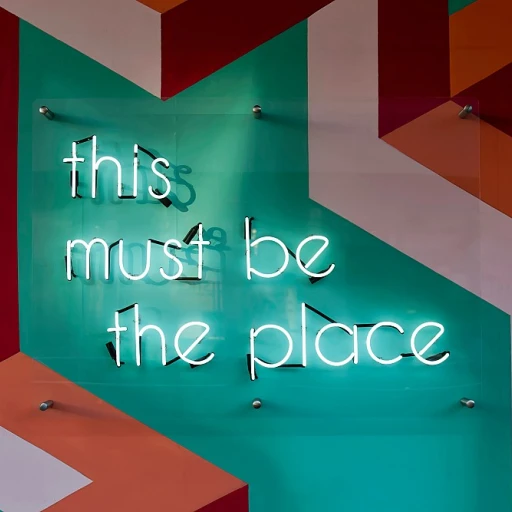
Understanding the Skills Gap
The Reality Behind Skill Deficits
The disparity between the skills that employees possess and the skills that organizations demand is a pressing concern in today’s evolving workplace culture. This phenomenon, commonly known as the skills gap, is magnified as industries adapt to rapid technological advancements and shifting market needs. Human resources professionals play a crucial role in managing these changes and ensuring teams are equipped with the necessary skills. Skill deficits impact both employee experience and organizational performance. Many businesses report challenges in finding professionals with the right technical abilities, while employees often describe barriers to accessing relevant professional development opportunities. This disconnect can lead to reduced productivity, lower employee engagement, and ultimately, suboptimal growth for organizations. Diversity, equity, and inclusion (DEI) further complicate the landscape, as organizations strive to cultivate environments that not only celebrate differences but also leverage diverse backgrounds and perspectives. When skill gaps persist, they can reinforce inequities within teams, leading to fewer opportunities for certain groups. Thus, resource management must prioritize equitable access to development resources to bridge these gaps effectively. Addressing this challenge requires a nuanced understanding of both human needs and the market's demand for specific competencies. For deeper insights on how timeless leadership strategies can address skill deficits, explore this comprehensive analysis. The ability of resource professionals to foster a culture of continuous learning is key to narrowing the skills gap. This ongoing effort is not just about meeting present demands, but also about preparing for the future, ensuring that both individuals and organizations thrive in an ever-changing world.The Role of Human Resource Professionals
Human Resource Professionals: Pillars of Organizational Success
The ever-evolving workplace landscape necessitates a newfound appreciation for the significant role that human resource professionals play in bridging the skills gap. The workforce is the beating heart of any organization, and it's imperative to ensure that employees are equipped with the right skills to meet modern demands. Human resources professionals are the cornerstone of this intricate process, dedicating their hard work to foster employee engagement and enhance the employee experience.
These resource professionals are champions of workplace culture, tirelessly promoting diversity, equity, and inclusion among teams. By celebrating their efforts, we underline the international importance of their day-to-day tasks, which include performance management, employee development, and cultivating an inclusive environment that drives an organization's mission.
The role of human resource management extends beyond merely filling positions; it’s about aligning an organization's human capital with its strategic goals. By identifying the skills required in the labor market, HR professionals work collaboratively across the organization to build capable teams. This ensures that resources are effectively allocated, paving the way for professional growth and development initiatives that benefit both the employee and the organization.
In a world where the skills gap persists, the day celebrated as Professionals Day might be more aptly named as a tribute to the unsung heroes in HR— those who propel employee and organizational performance alike. Their work encompasses career-oriented trajectories that ensure employees are on paths that not only serve personal ambitions but also result in mutual organizational benefits. This underlying synergy is what truly celebrates the essence of a comprehensive and effective human resources strategy.
Strategies for Bridging the Skills Gap
Implementing Effective Strategies to Close the Skills Gap
Addressing the skills gap requires strategic actions from human resource teams to ensure that both employees and organizations thrive in an ever-evolving work environment. Here are a few effective strategies to bridge the skills gap:- Professional Development Programs: Investing in continuous learning and development programs allows employees to acquire new skills and enhance their existing capabilities. Human resource professionals can offer training sessions, workshops, and online courses that align with the organization's goals and employees' career paths.
- Performance Management Systems: Implement comprehensive performance management systems that focus on skill development and track employees' progress over time. By setting clear objectives and providing regular feedback, HR can help employees identify areas for improvement and set personalized career goals.
- Employee Engagement: A supportive work culture that celebrates employee achievements and fosters inclusion and diversity plays a crucial role in skill acquisition. Encouraging open communication and team-building activities enhances collaboration and knowledge sharing among team members.
- Mentorship Programs: Pairing less experienced employees with seasoned professionals helps facilitate knowledge transfer and equips employees with industry-relevant skills. Mentorship programs not only build skills but also nurture strong professional relationships within the workplace.
Challenges Faced by HR in Skills Development
Overcoming Hurdles in Skills Development
Human resource professionals play a crucial role in addressing the skills gap, yet they face numerous challenges in this endeavor. As organizations strive to enhance their workforce capabilities, HR teams must navigate a complex landscape of obstacles that can impede effective skills development.
One significant challenge is the rapid pace of technological advancement. As new tools and platforms emerge, employees must continually update their skills to remain relevant. This requires HR professionals to stay ahead of trends and ensure that training programs are aligned with the latest industry standards. However, keeping up with these changes can be daunting, especially for smaller organizations with limited resources.
Another hurdle is fostering a culture of continuous learning within the workplace. While many organizations celebrate the hard work of their teams, creating an environment where learning is prioritized can be difficult. HR professionals must work to integrate professional development into the core values of the organization, promoting a culture that values growth and innovation.
Diversity, equity, and inclusion also play a critical role in skills development. Ensuring that all employees have equal access to training opportunities is essential for building a diverse and capable workforce. HR teams must be vigilant in identifying and addressing any barriers that may prevent certain groups from participating in development programs.
Additionally, balancing the needs of the organization with those of individual employees can be challenging. While the organization may have specific goals for skills development, employees may have personal aspirations that do not align perfectly with these objectives. HR professionals must find ways to reconcile these differences, ensuring that both the organization and its employees benefit from development initiatives.
Finally, measuring the impact of skills development programs can be complex. HR teams need to establish clear metrics for success and continuously evaluate the effectiveness of their strategies. This requires a robust performance management system that can track progress and identify areas for improvement.
Despite these challenges, the role of human resource professionals in bridging the skills gap is vital. By addressing these obstacles head-on, HR teams can create a more skilled, engaged, and adaptable workforce, ultimately driving the success of the organization.












